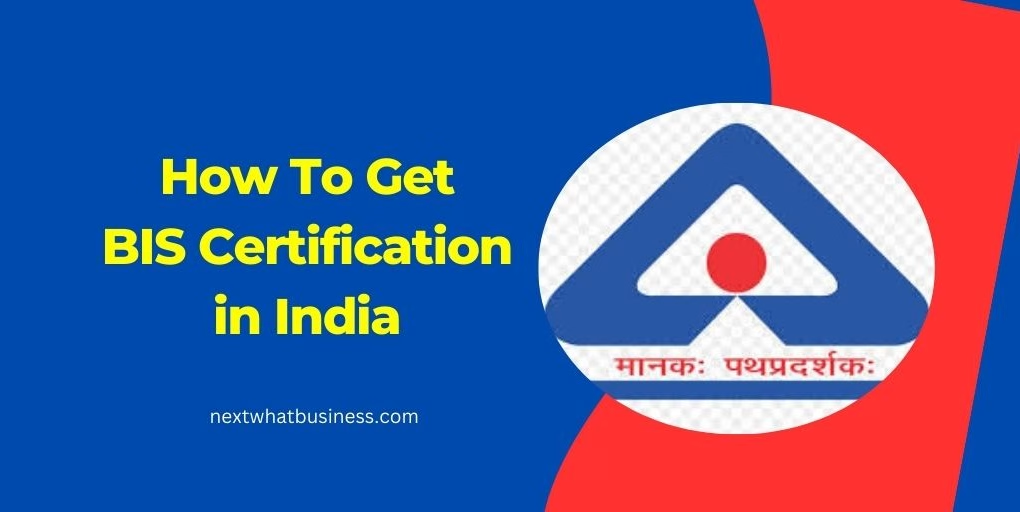Let me tell you this straight—starting a sole proprietorship company in India is probably the easiest way to dive into business without drowning in formalities. No big legal drama, no layers of paperwork. It’s perfect for newbies, freelancers, shop owners, and honestly, anyone who’s itching to give entrepreneurship a shot without setting up a full-fledged company.
But hold up—it’s not just about opening shop and hanging a board. There’s a little more to it than that. So let’s break it down together, step by step, with a bit of real talk along the way.
Table of Contents
What is a Sole Proprietorship Company?

A sole proprietorship company is as simple as it gets. Legally speaking, there’s no difference between you and your business. You are the business. That’s both a good and a not-so-good thing, depending on how things go.
There’s no separate identity, no partners to argue with, and no mandatory registration unless you’re dealing in something that legally requires one. Picture your local chaiwala, the freelance web designer down the street, or your cousin’s home bakery. Yep—those are all sole proprietorships in action.
Key Features of a Sole Proprietorship Company
Just You, the Owner: You call all the shots. Total control. Total responsibility.
- Unlimited Liability: This one’s the kicker—if your business owes money, creditors can come after your personal stuff.
- No Separate Legal Identity: You and the biz are one and the same. PAN card, identity—everything.
- Taxed Like an Individual: No separate corporate tax headaches.
- Minimal Compliance: No board meetings or ROC filings. But don’t get too comfortable—you still need to stay within legal bounds.
Advantages of a Sole Proprietorship Firm
Super Easy to Start: You could literally be up and running in a week or less.
- Complete Control: You’re not asking anyone else before making a decision. Love it or hate it, it’s all on you.
- Simple Taxes: Income tax is filed just like a regular individual. No corporate mess.
- Low Cost: Bare minimum paperwork, no expensive registration charges.
- More Privacy: No need to disclose your finances publicly, unlike private limited companies.
Disadvantages of a Sole Proprietorship Firm
Unlimited Liability (Yikes): If things go south, your personal savings and property could be used to cover business debts.
- No Continuity: If something happens to you, the business legally dies with you.
- Tough to Raise Funds: Banks and investors usually want something more structured. It’s a tough sell.
- Credibility Issues: Clients sometimes take you more seriously when you’re an LLP or Pvt Ltd.
- Scalability: Great for small beginnings, but long-term? Might feel a little tight.
Step-by-Step Process to Start a Sole Proprietorship in India
Step 1: Choose a Business Name
Go with something catchy, relevant, and easy to remember. Even if registration isn’t mandatory, you don’t want a name that’s already trademarked—trust me, it’s a headache you don’t need.
Step 2: Pick a Location
It could be your bedroom, a co-working space, or a small shop. But you’ll need a proper address to put on forms and for opening a bank account.
Step 3: Open a Current Account
This is a must. Don’t mix personal with business. Most banks will want:
- GST or Shop Act license
- Udyam registration (optional but helpful)
- Business letterhead (get one made—it looks pro!)
Step 4: Shop and Establishment License
This depends on your state. Maharashtra has the Gumasta license. Even if your shop is tiny, this license is often necessary for legitimacy and banking.
Step 5: Other Registrations
- GST: Mandatory if you cross ₹40 lakhs in revenue or do inter-state commerce.
- Udyam (MSME): Free, online, and can actually help with loans and subsidies.
- FSSAI: Doing anything with food? This is a must.
- Professional Tax: Required in states like Karnataka or Maharashtra.
- IEC: For import/export. Issued by DGFT.
Documents Required
Get your docs in order:
- PAN & Aadhaar
- Utility bill or rent agreement
- Two photos (passport-sized)
- Your business name, letterhead, and rubber stamp (feels old-school but still needed)
Each bank and local body might ask for something extra, so call ahead and double-check.
Compliance Requirements
Okay, so there’s no annual ROC stuff—but that doesn’t mean you can ignore everything.
- Income Tax: File under ITR-3 or ITR-4.
- GST Returns: Monthly or quarterly depending on your setup.
- Basic Bookkeeping: At least keep digital or paper invoices and expense records.
- License Renewals: Set reminders—these things expire!
Taxation for Sole Proprietors
Your business income is treated as personal income. Here’s a rough breakdown:
| Income Slab | Tax Rate |
| Up to ₹3L | Nil |
| ₹3L–6L | 5% |
| ₹6L–9L | 10% |
| ₹9L–12L | 15% |
| ₹12L–15L | 20% |
| Above ₹15L | 30% |
- Advance Tax: If you owe more than ₹10,000/year in tax, pay it in parts.
- Presumptive Tax (Sec 44AD): If you’re small (turnover < ₹2 crore), pay tax on 8% of turnover (6% if digital payments). Pretty handy.
When Should You Consider Upgrading?
Honestly? Once your business starts bringing in good money or you want to bring in a partner or investor, time to level up.
- Liability is scary: Go LLP or Pvt Ltd to shield your personal assets.
- Need funding? Investors need structure. Sole prop won’t cut it.
- Brand building: Clients trust “Pvt Ltd” more than “Me & Co.”
- Scalability: Once things grow, compliance feels less like a burden and more like a necessity.
You can also opt for OPC( One Person Company). It allows a sole proprietor to operate with the benefits os a company structure.
Common Mistakes to Avoid
- Skipping Licenses: Just because it’s simple doesn’t mean you can ignore state laws.
- Personal Account for Business: Trust me, your accountant (and the taxman) will hate you.
- No Udyam Registration: It’s free and offers legit benefits. Don’t skip it.
- Sloppy Bookkeeping: Come tax time, you’ll thank yourself for staying organized.
- Ignoring GST When Needed: Especially if you’re selling online. Marketplaces won’t allow it.
Pro Tips for New Sole Proprietors
- Using tools: Zoho Books, Vyapar, or even Excel is better than flying blind.
- Separate Finances: Keep it clean from day one.
- Get Insurance: It’s not glamorous, but accidents happen.
- Apply for Udyam: It takes five minutes and can be useful later.
- Join Communities: Online forums or WhatsApp groups for small biz owners can be gold mines.
Government Portals You’ll Need
FAQs
Can I hire employees for a sole proprietorship company?
Yes. Just be sure to follow basic labour laws—PF, ESI, etc., if applicable.
Is GST mandatory?
Only if your turnover crosses the threshold or you’re selling interstate or online.
Can I convert a sole proprietorship company later to a Pvt Ltd?
Absolutely. Many startups begin as sole props before scaling up.
Do I need a separate PAN?
Nope. Your personal PAN works. But if you go for GST, that will be in your name.
How fast can I start a sole proprietorship company?
With your docs ready, you could technically be live in 3–7 days. Faster if you’re proactive.
Final Thoughts
Starting a sole proprietorship is a solid way to test the entrepreneurial waters. Low risk, minimal paperwork, and total control—what’s not to like? That said, don’t treat it like a hobby. Just because the law doesn’t force you to do a ton of paperwork doesn’t mean you shouldn’t stay organised.
Stay sharp, stay compliant, and treat your small business like the real thing it is. You might just surprise yourself.
Discover more from NEXTWHATBUSINESS
Subscribe to get the latest posts sent to your email.



